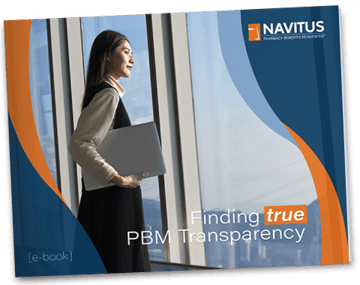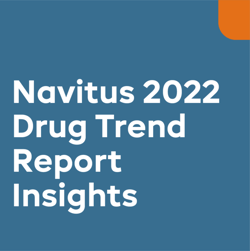How a company conducts business and what policies and procedures it has in place will determine how successful it will be as a partner to your organization.
The key to operational transparency is to have visibility into every facet of the PBM. That includes having access to all PBM operations and everything in between, in every department, including clinical, utilization management (UM), prior authorization (PA), audits and all other areas. In a nut-shell, 100% access to every aspect that impacts your benefit plan.
For example, you should have the ability to see what drugs are covered, with visibility into the thought process behind choosing certain medications for your formulary. Then you should understand how all PBM programs work together to help you make the most of your formulary.
Here are some example of operation transparency:
Visibility and access to your benefit plan design
When a PBM is transparent operationally, it allows for a higher level of collaboration between you and your trusted partner. It allows you to provide benefit plan input, and in return, the PBM will offer the flexibility in trying to accommodate your plan design changes. Here, you get ‘a say’ in plan design with clear visibility into the rationale behind plan decisions. Additionally, you’ll be able to validate that what the PBM is doing is aligned with your interest, and allows you to validate that the PBM is not hiding anything, without restriction.

An ‘all-access pass’ to PBM pharmacy and therapeutics (P&T) and formulary advisory committees (FAC)
For truly transparent PBMs, information sharing is a matter of process from beginning to end by allowing you an ‘all-access pass’ to these committees. The benefit to you is the insight into formulary decisions and why drugs are chosen. For some non-transparent PBMs this information may be hidden away from you, under ‘lock and key’ because they may not want you to have access to how they are earning revenue for the PBM. For transparent PBMs, there’s nothing to hide so you’ll have access to why a drug is on your formulary, that’s because no revenue is tied to drugs on the formulary.
Some PBMs will even go a step further and will make P&T meeting minutes available for review via a ‘client portal’. Even though you may not access them, it will give you peace of mind that they are available.
Industry relations (IR) and utilization management (UM) are not influenced by finance team
For true pass-through PBMs, their UM programs are not a profit center. For other PBMs, their industry relations and UM teams may report to both their clinical and finance teams. Here, spread may have an impact on decisions being made to UM and prior authorization (PA) criteria. For example, if there are three equivalent drugs (all things considered equal) then a drug that benefits the PBM financially the most may be chosen.
True PBM transparency gives you the visibility and peace of mind that profit does not guide operational decisions. In this instance, the PBM follows and audits clinical criteria guidelines with the goal of lowering costs. A PBM that’s focused on profit may follow clinical criteria loosely, allowing claims to process that should not.
When a PBM’s account and clinical teams are not a profit center
Transparency comes into play for your PBM account and clinical team’s motivation. In both settings they will focus on improved outcomes and member health, however, some decisions about these programs may be affected by revenue earned on members or on a claims-based fee. Stated another way, a PBM may be motivated financially to up-sell additional programs and services. A transparent PBM will disclose if it is compensated (or not) to upsell additional programs and services. Visibility to this information not only allows you to make an informed decision, but allows you to weigh your all-in costs.
In an admin fee-only model, the PBM includes many of these programs at no additional charge. Other PBMs may add these on with an additional fee.
Clinical programs can have a big impact. According to the FDA, medication is not taken as prescribed 50 percent of the time.1 As a result, it is estimated that non-adherence to medication leads to $100-$290 billion in direct and indirect costs annually.2 It’s important to partner with your PBM to improve member health, but if your PBM is not being transparent about its decision making process, you could spend more on these programs.
IN CLOSING
If your goal is to lower plan costs while improving member health, you are going to want to see where your benefit dollars are being spent. The only way to validate this is if your PBM offers full transparency on costs and operations that you can verify through audits. Learn more in our e-book: Finding True PBM Transparency
1. Why You Need to Take Your Medications as Prescribed or Instructed. U.S. Food and Drug Administration. www.fda.gov/drugs/special-features/why-you-need-take-your-medications-prescribed-or-instructed. Content current as of February 2016. Accessed December 2020.
2. Rosenbaum L, M.D. and Shrank W, M.D., Taking Our Medicine — Improving Adherence in the Accountability Era. The New England Journal of Medicine. www.nejm.org/doi/pdf/10.1056/NEJMp1307084. Published August 2019. Accessed December 2020.






